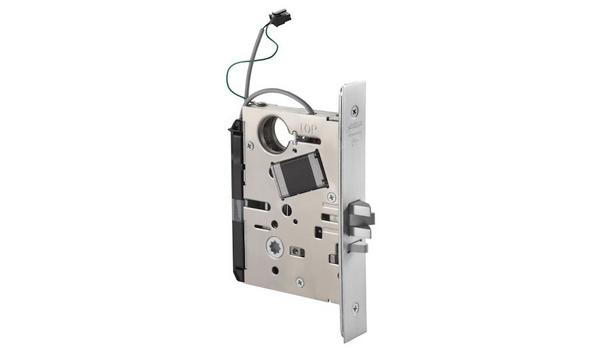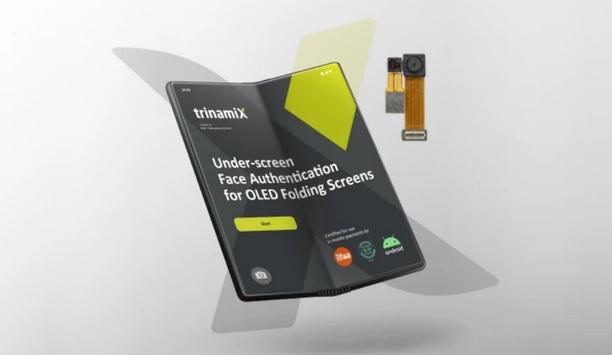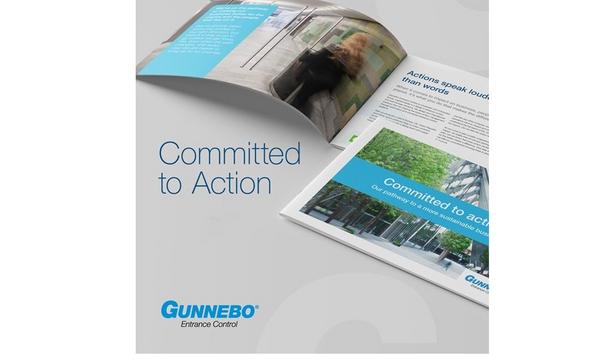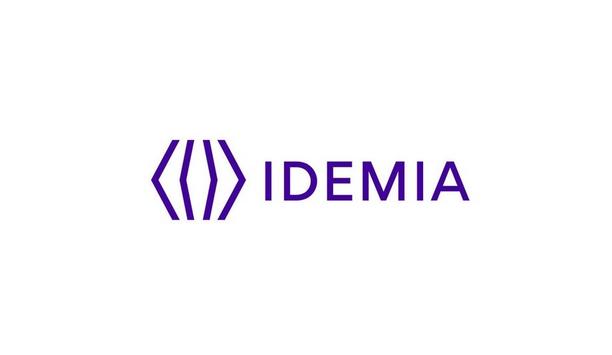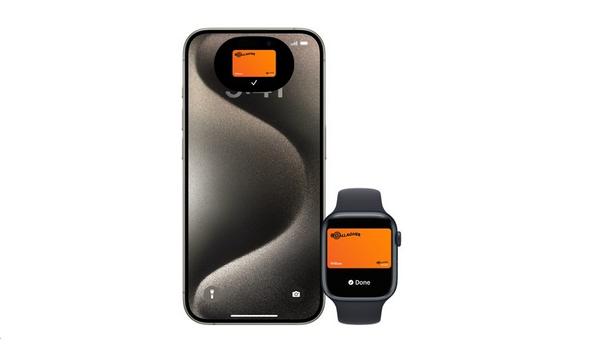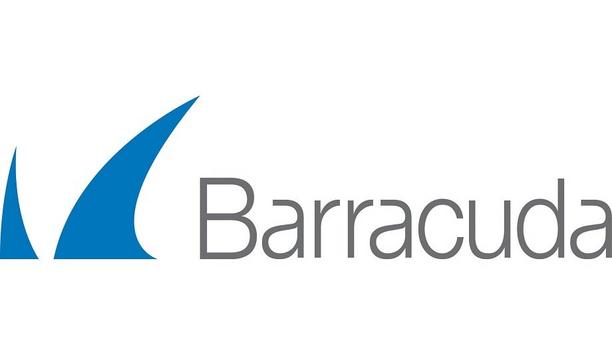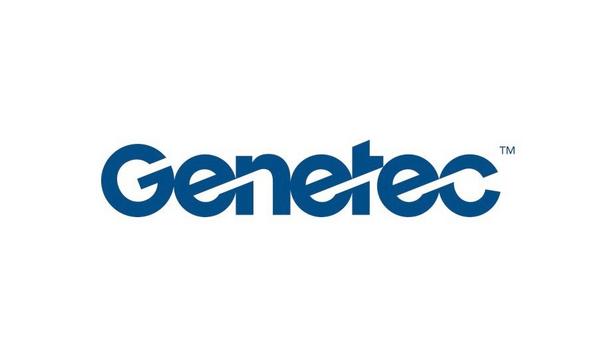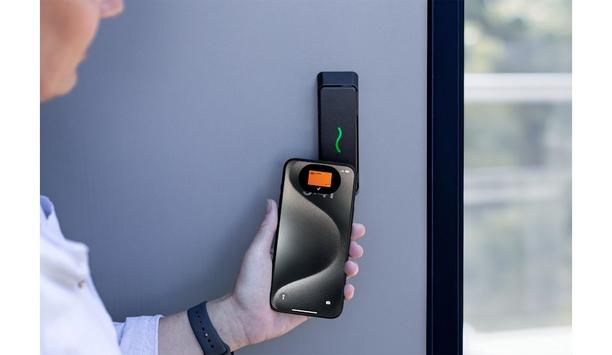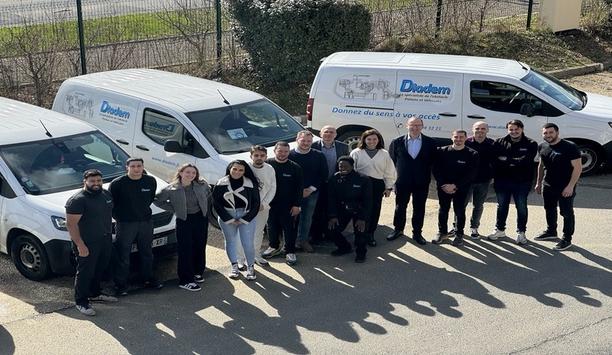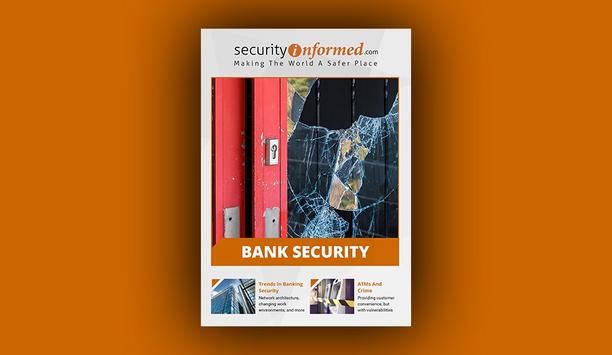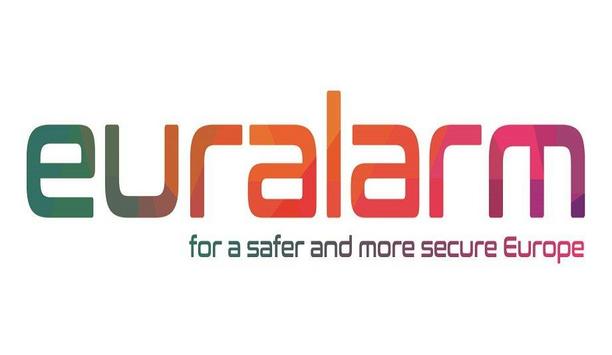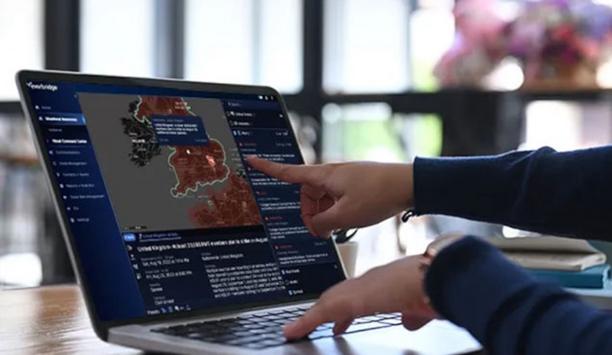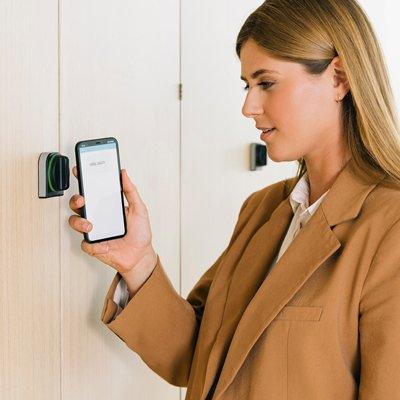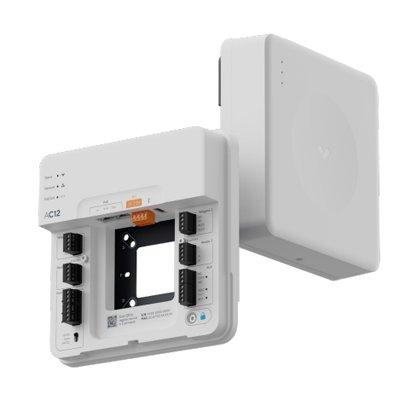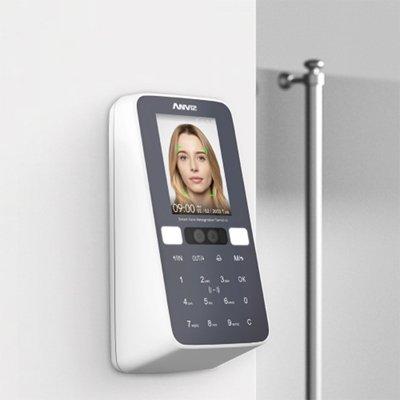In a collaborative move with the W3C Consortium, Siemens and Microsoft have announced their commitment to converge the Digital Twin Definition Language (DTDL) with the Thing Description standard from the international standards organization, W3C.
Customers are offered consistent modeling experiences by unifying both languages, mitigating fragmentation in an evolving IoT landscape. With customers typically deploying a mix of vendors in their infrastructure leading to lock-in and high integration efforts, this convergence will allow for simpler system integration and interoperability.
Digital twins
As virtual replicas of physical objects, processes, or systems that mirror their real-world counterparts in a digital environment, digital twins enable organizations to monitor, predict, and improve the performance of their assets, enhancing efficiency and reducing costs.
Standardizing Digital Twin languages is crucial for interoperability, ensuring seamless communication and integration between digital twin systems and platforms.
W3C Thing Description standard
Extending this interoperability strategy to Microsoft Azure will bring substantial customer benefits
With Siemens already facilitating the emerging W3C Thing Description standard for future products in building management, power distribution, and smart grids, extending this interoperability strategy to Microsoft Azure will bring substantial customer benefits.
"We see the convergence of two very similar Digital Twin languages like the DTDL and the W3C Thing Description as an essential move that will enable customers to describe the physical world in a way that is agnostic to specific IoT platforms,” said Thomas Kiessling, Chief Technology Officer at Siemens Smart Infrastructure.
He adds, “This strategic alliance underscores our commitment to fostering collaboration and embracing openness."
DTDL with W3C Thing Description
Microsoft's Digital Twin Definition Language enables modeling of the physical world with Azure services, while the W3C Thing Description standard provides an interoperable representation of device interfaces and their incorporation of standard industry ontologies.
Both languages have revealed many conceptual similarities during the initial stages of convergence.
Democratize digital twins
“Ever since we invented the Digital Twin Definition Language and open-sourced its specification and reference implementations, we planned to standardize it through a consortium like the W3C,” said Erich Barnstedt, Chief Architect Standards, Consortia and Industrial IoT, Azure Edge and Platform team, Microsoft Corporation.
He adds, "Therefore, merging DTDL with W3C Thing Description, in close partnership with Siemens, is the natural next step in our journey to democratize digital twins in the industry."











